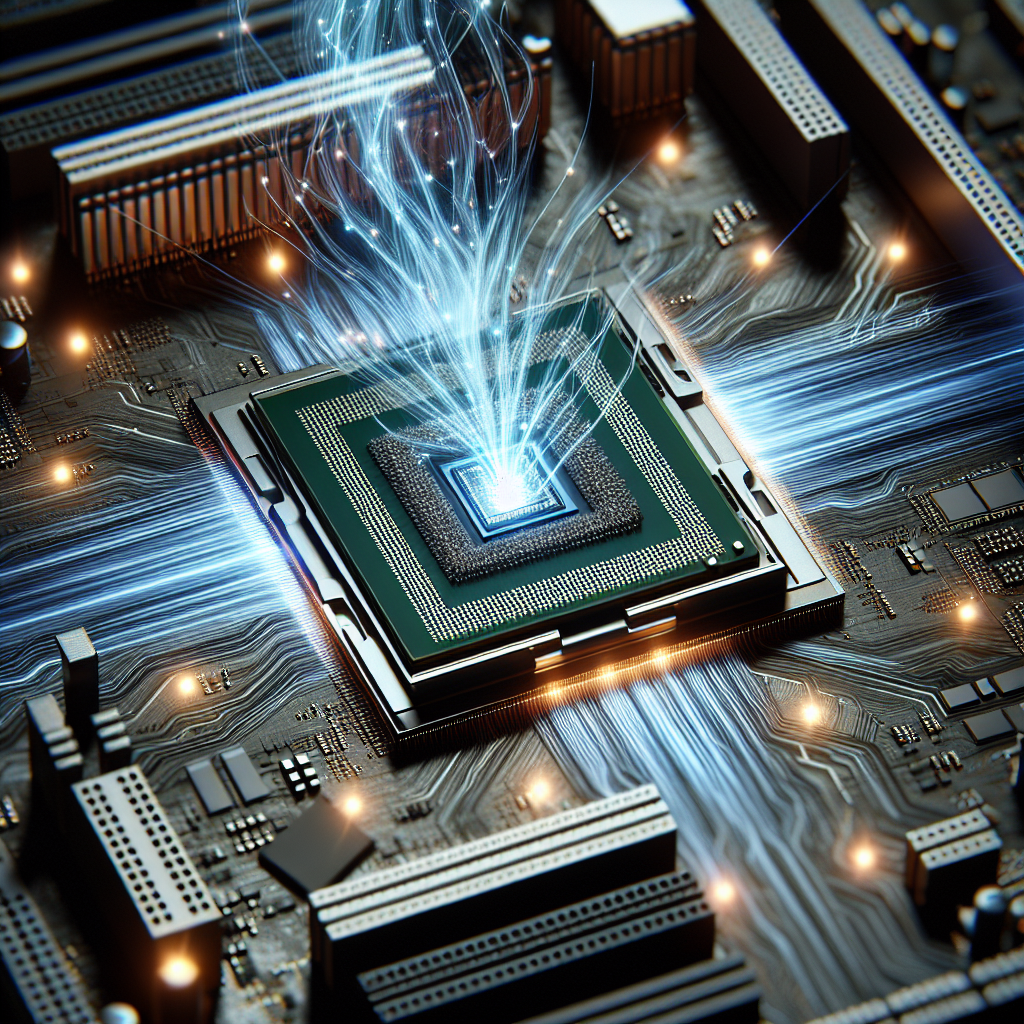In the world of computing, performance and efficiency are paramount. One technological innovation that has dramatically improved these aspects is hyper-threading. But what exactly is hyper-threading, and how does it benefit your CPU? This article delves into the advantages of using a CPU with hyper-threading, providing a comprehensive understanding of this technology and why it is crucial for modern computing tasks.
What is Hyper-Threading?
Before diving into its benefits, it’s essential to understand what hyper-threading is. Hyper-threading, introduced by Intel, is a technology that allows a single physical processor core to behave like two logical cores. Essentially, it enables parallel execution of instructions, improving the CPU’s efficiency and overall performance.
How Hyper-Threading Works
Hyper-threading works by splitting each physical core into two logical cores. This means that each physical core can handle two threads simultaneously. The operating system sees double the number of physical cores, which allows for better multitasking and more efficient handling of concurrent processes.
Benefits of Using a CPU with Hyper-Threading
- Improved Multitasking
One of the primary benefits of hyper-threading is its ability to improve multitasking. With hyper-threading, a CPU can handle more threads at the same time, allowing users to run multiple applications smoothly without performance degradation. This is especially beneficial in environments where numerous applications or background processes are active simultaneously.
- Enhanced Performance for Multi-Threaded Applications
Many modern applications, particularly those used in gaming, video editing, and 3D rendering, are designed to take advantage of multiple threads. Hyper-threading allows these applications to run more efficiently by providing additional logical cores, thereby boosting performance and reducing execution time.
- Energy Efficiency
Interestingly, hyper-threading can also contribute to energy efficiency. By allowing more work to be completed in parallel, the CPU can complete tasks more quickly, often leading to reduced power consumption. This is particularly valuable in data centers and other environments where energy costs are a significant concern.
- Cost-Effectiveness
While hyper-threading-enabled CPUs can be more expensive than their non-hyper-threading counterparts, the performance gains and efficiency improvements they offer can make them more cost-effective in the long run. Businesses and individuals who require high-performance computing can benefit from the improved throughput and responsiveness, potentially reducing the need for additional hardware investments.
Real-World Applications and Benchmarks
To illustrate the advantages of hyper-threading, let’s look at some real-world applications and benchmark results.
| Application | Non-Hyper-Threaded Performance | Hyper-Threaded Performance |
|---|---|---|
| Gaming | 100 FPS | 120 FPS |
| Video Rendering | 30 minutes | 20 minutes |
| 3D Rendering | 45 minutes | 35 minutes |
As shown in the table, hyper-threading can significantly enhance performance across various applications. For example, in gaming, hyper-threading can improve frame rates, leading to a smoother experience. In video and 3D rendering, hyper-threading can substantially reduce rendering times, allowing users to complete projects faster.
Conclusion
In conclusion, hyper-threading technology offers numerous benefits that make it a valuable feature in modern CPUs. From improved multitasking and enhanced performance for multi-threaded applications to energy efficiency and cost-effectiveness, hyper-threading makes a notable difference in how efficiently a CPU handles various tasks. Whether you are a gamer, a content creator, or a business professional, leveraging a CPU with hyper-threading can provide a significant boost to your computing experience.

